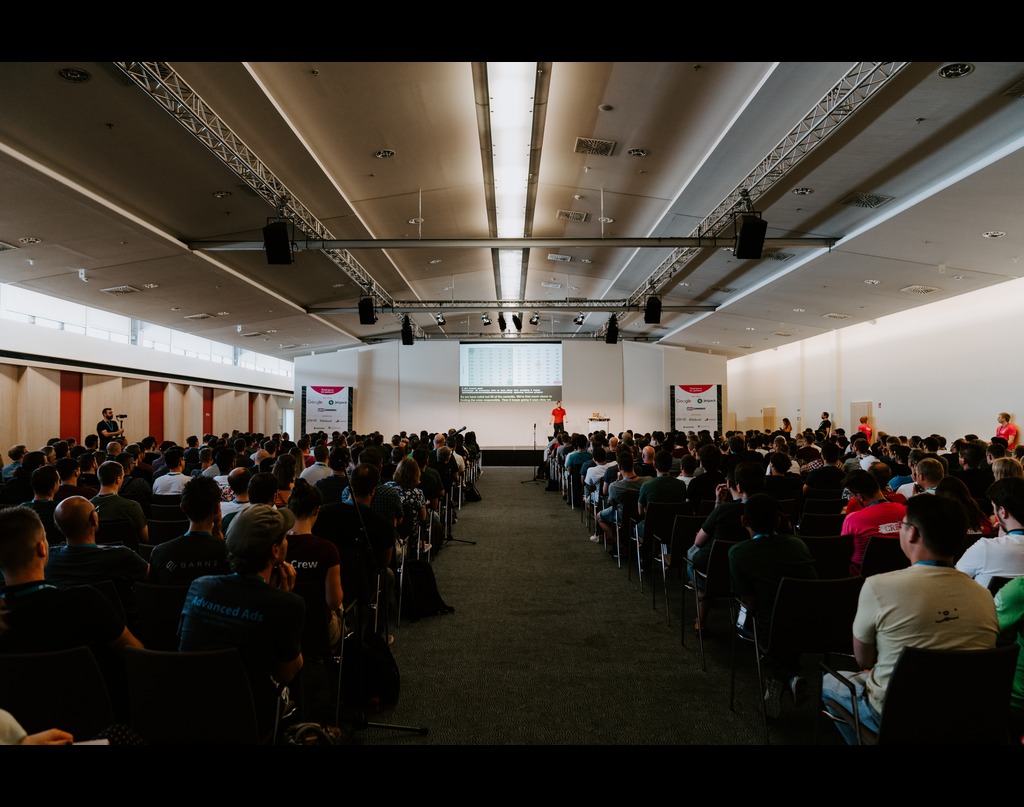The Learning and Development (L&D) Sector — once guided by steadfast, traditional metrics — is experiencing a renaissance. The classic indicators of program effectiveness, while still relevant, are now being enhanced with more dynamic, business-focused measures.
This story of evolution is not mere lore but is evidenced by real-world practices and substantiated by industry data. As we turn the pages on old methodologies, we witness the integration of innovative metrics that promise a more accurate depiction of how learning initiatives resonate within the fabric of a business and its people.
From Attendance to Impact: A Shift in Focus
Old Metrics: Historically, L&D success was often gauged by participant completion rates, satisfaction scores (happy sheets), and test results post-training. For example, Company A might report that 95% of their employees completed a training module with a 90% satisfaction rate.
New Metrics: Modern L&D metrics are more sophisticated, moving towards analysing the actual impact on job performance and business outcomes. Organisations are now asking questions like: Did the training lead to improved performance? Is there a measurable impact on the company’s bottom line?
Real-World Application of New Metrics
Learning Transfer: Corporations are increasingly measuring learning transfer—how well skills and knowledge from training are applied in the workplace. A 2021 LinkedIn Learning report showed that organisations prioritising learning transfer saw a 15% greater impact on business outcomes compared to those that did not.
Time-to-Proficiency: Businesses are tracking the time it takes for an employee to become proficient after training. For instance, AT&T found that by restructuring their training to be more hands-on, they reduced the average time-to-proficiency by 30%, leading to faster deployment of skills in the field.
Business Impact Data: This involves correlating training with specific business KPIs. For instance, when British Telecom linked their leadership training to business outcomes, they reported a £6 return for every £1 spent on training, as stated in their annual financial report.
Skill Application Index (SAI): Some organisations have developed indices to measure the application of skills. For instance, Siemens has an SAI that assesses the frequency and effectiveness with which employees apply new skills. An improvement in SAI is directly related to better project outcomes and innovation rates within their teams.
Behavioural Change: Companies like Johnson & Johnson measure behavioural change post-training, particularly for compliance and ethics training. They use employee surveys, 360-degree feedback, and incident reports to assess whether there is a positive change in behaviour.
Quantitative and Qualitative Balance
The new metrics are not only quantitative but also qualitative, including:
Employee Engagement: Gallup has consistently found that higher employee engagement, driven by effective L&D, leads to higher productivity, profitability, and customer ratings.
360-Degree Feedback: Organisations are leveraging 360-degree feedback pre- and post-training to measure changes in leadership behaviours. For example, Google’s Project Oxygen used this method to improve leadership skills, resulting in higher team performance.
Net Promoter Score (NPS): NPS is used to gauge the likelihood of employees to recommend the training to a colleague, indicating the perceived value of the training.
The Challenge of New Metrics
While the new metrics provide a more holistic view of training effectiveness, they also come with challenges. Measuring the direct impact of training on business outcomes can be complex. For example, increased sales could be the result of a new marketing strategy, improved sales training, or a combination of factors.
What’s Next?
The evolution of L&D metrics signifies a paradigm shift in corporate training. Companies are progressively moving towards a data-driven approach that not only measures learning effectiveness but also its direct influence on business success and employee growth. As these metrics continue to evolve, they will undoubtedly become even more integrated with business intelligence systems, providing a continuous feedback loop that will further refine the impact of L&D across industries.







